Becoming fluent in the language of fine materials transforms you from casual browser to discerning collector when navigating an online jewelry store. This foundational knowledge serves as your invisible shield against disappointment, ensuring the piece that arrives matches both your expectations and its description.
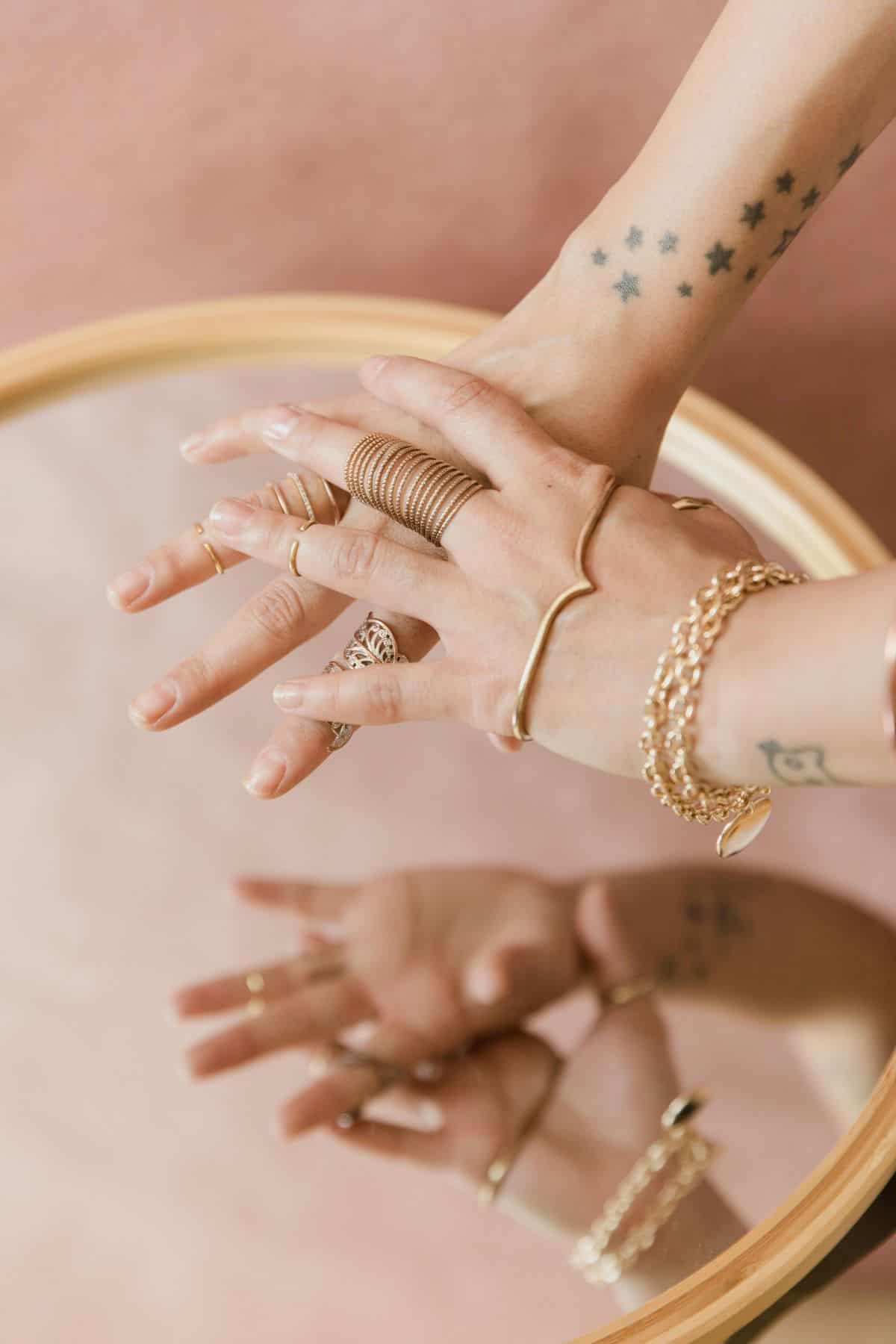
1. Learn the Language of Fine Materials
Knowing your karats and gemstones is the first step to smart shopping.
Gold purity is measured in karats:
- 14K (58.3% gold) offers a strong, everyday balance
- 18K (75% gold) has a richer hue, ideal for special pieces
- Hallmarks confirm authenticity—always look for them
For gemstones, understand the 4Cs: cut, clarity, color, and carat
- Cut affects how light reflects through the gem—brilliance is everything
- Clarity rates internal flaws (inclusions) or external blemishes
- Color ranges in value—colorless diamonds or richly saturated colored stones tend to be more prized
- Carat influences size, but not necessarily quality
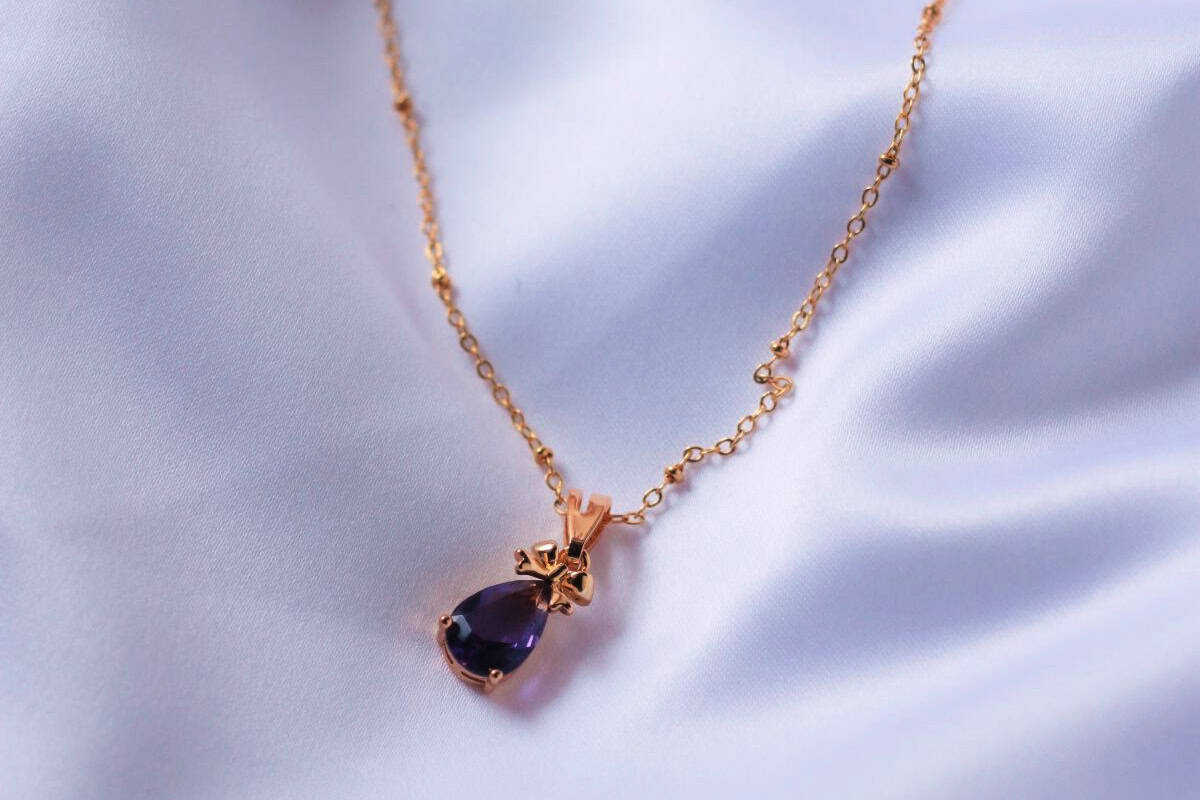
Natural stones are valuable, but lab-created gems are identical in chemical structure and can be a smart, ethical, and budget-friendly choice. If you're buying diamonds, ensure they are graded by respected laboratories like GIA (Gemological Institute of America) or IGI (International Gemological Institute).
Understanding materials helps ensure the item you receive matches your expectations—and its price tag.
2. Master Product Descriptions
The most trustworthy online jewelry stores offer detailed listings. Here’s what to look for:
- Clear terminology like “14K gold” vs. vague phrases like “gold tone”
- Descriptions of hand-finishing or design techniques, which highlight craftsmanship
- Measurements in millimeters—for pendants, chain lengths, and widths
- Weight specifications, which often reflect quality and substance
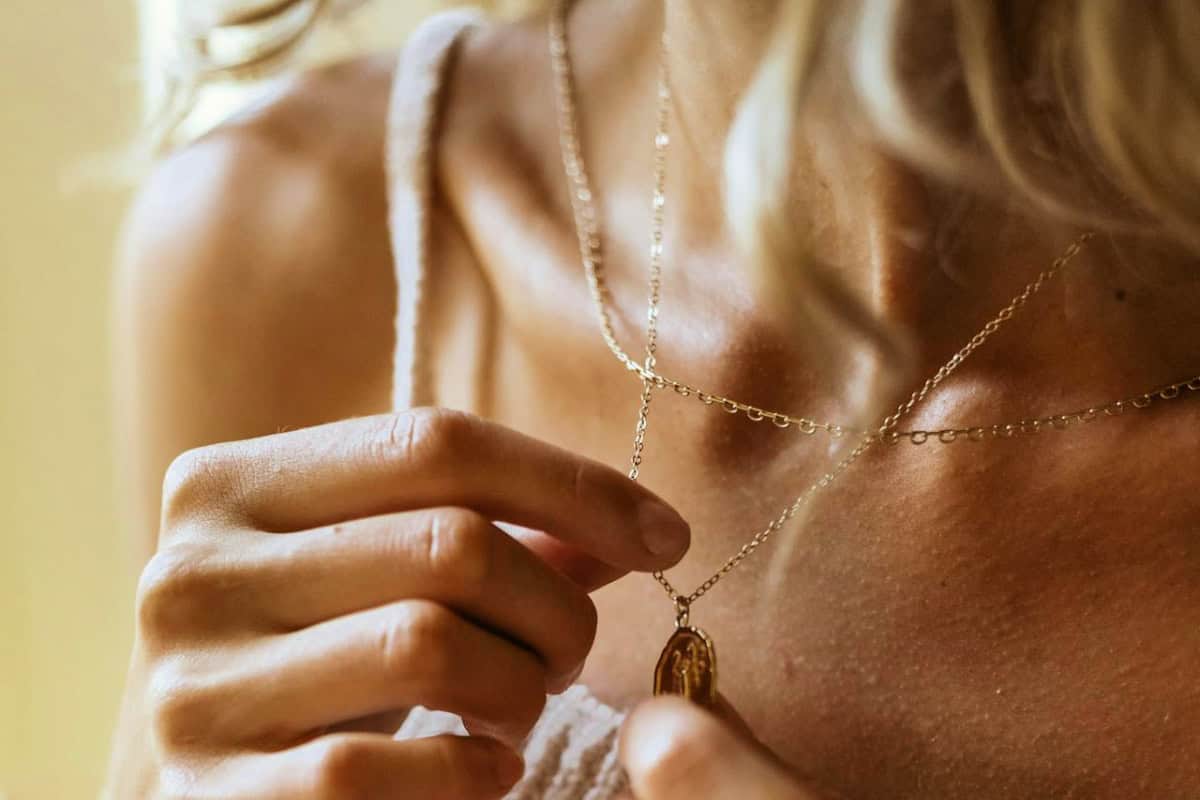
Be wary of listings that skip basic info like clasp type, chain thickness, or metal composition. Omission is often a red flag. A good description is transparent about materials and construction methods—trustworthy sellers want you to feel informed, not confused.
For higher-ticket items, expert sellers may include CAD renderings, video demonstrations, or certificates of appraisal, helping you make a confident decision without handling the piece in person.
3. Choose a Reputable Online Jewelry Store
A beautiful product page is meaningless without credibility to back it up. Vet your retailer:
- Look for certifications from Jewelers of America or the American Gem Society
- Check for GIA-trained gemologists on staff—this expertise matters for proper grading and sourcing
- Browse Better Business Bureau (BBB) ratings, Trustpilot, and Google reviews
- A solid return policy (14 days or more) with no hidden clauses is a must

Look for brands that share their supply chain practices. Transparency around where and how materials are sourced—especially diamonds and gold—signals a company’s integrity. Ethical sourcing not only protects the environment and workers but aligns with today’s conscious consumer values.
4. Use Reviews and Real-Life Photos to Your Advantage
Customer reviews are your digital word-of-mouth. Prioritize written reviews that:
- Mention durability, wearability, and day-to-day use
- Discuss packaging, delivery experience, and service interactions
- Include photos of the jewelry worn—these offer true-to-life scale and styling insights
Photo reviews are especially useful when visualizing how pieces lie on the body or layer with other jewelry. Also, observe how the brand responds to negative feedback. Do they offer resolutions? Do they take accountability? A thoughtful response shows integrity and customer-first values—two hallmarks of a trustworthy seller.
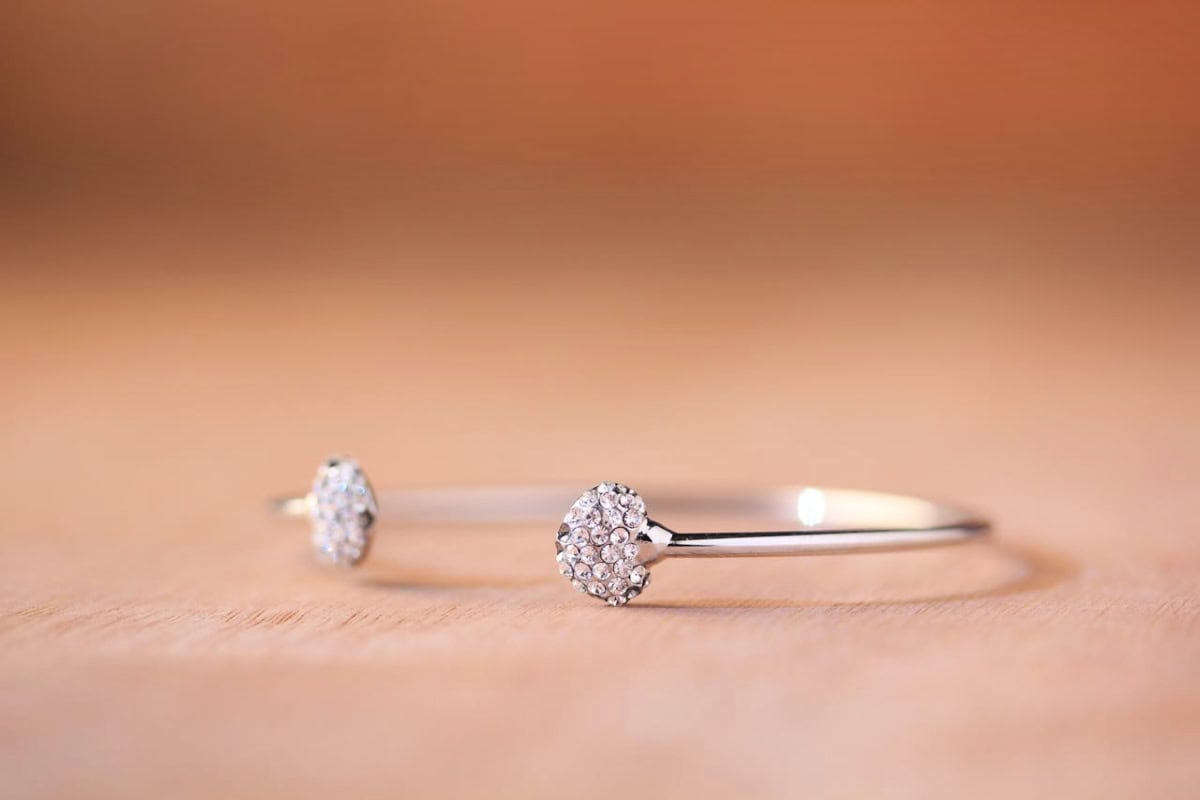
5. Understand Sizing and Scale (Millimeters Matter)
Photos can be misleading—pieces often appear larger or smaller than they are. Always:
- Look for exact dimensions and compare them to familiar items (a US quarter is 24mm)
- Learn chain thickness standards:
- 1mm = subtle
- 2mm = balanced
- 3mm = bold
Use paper cutouts of the listed measurements to visualize the piece on your body. This simple trick—used by stylists and designers—can prevent disappointment. Some brands offer virtual try-ons or augmented reality features, but even then, having a physical sense of size adds clarity.
Bonus tip: check the model's height or neck size in product images, if available. Proportions help predict how the jewelry will look on you.

6. Ask Smart Questions Before Buying
Before checking out, take a moment to confirm important details:
- Care Instructions – Does the piece require polishing, special storage, or pro cleaning?
- Authentication – Will you receive paperwork or certificates of authenticity?
- Customization – Can you engrave it or change chain lengths?
- Shipping and insurance – Is it tracked? Insured? Will someone need to sign for it?
Reach out to customer service with your questions. A responsive, knowledgeable team reflects a brand’s professionalism and dedication. Don’t be shy—asking questions protects your investment and offers peace of mind.
7. Think Beyond the Purchase: Curate a Jewelry Wardrobe
The best jewelry isn’t trendy—it’s timeless. Build a collection that grows with you.
- Focus on versatile metals (like 14K gold) that work with different looks
- Mix statement and subtle pieces for layering flexibility
- Buy with intention—each new piece should enhance, not clash with, what you already own
- Consider future-proofing: can it be passed down or worn for decades?
A well-curated collection allows you to dress up or down effortlessly, combining heirloom elegance with modern flair. The best online jewelry stores help you envision your collection as a living archive, one that tells your personal style story through every sparkle, texture, and metal tone.
Your Jewelry, Your Legacy
When you shop smart, you turn jewelry into something far more meaningful than an accessory. It becomes an investment in your story, your values, and your everyday expression. Follow these tips, and every box that arrives at your door will feel like the start of something lasting.


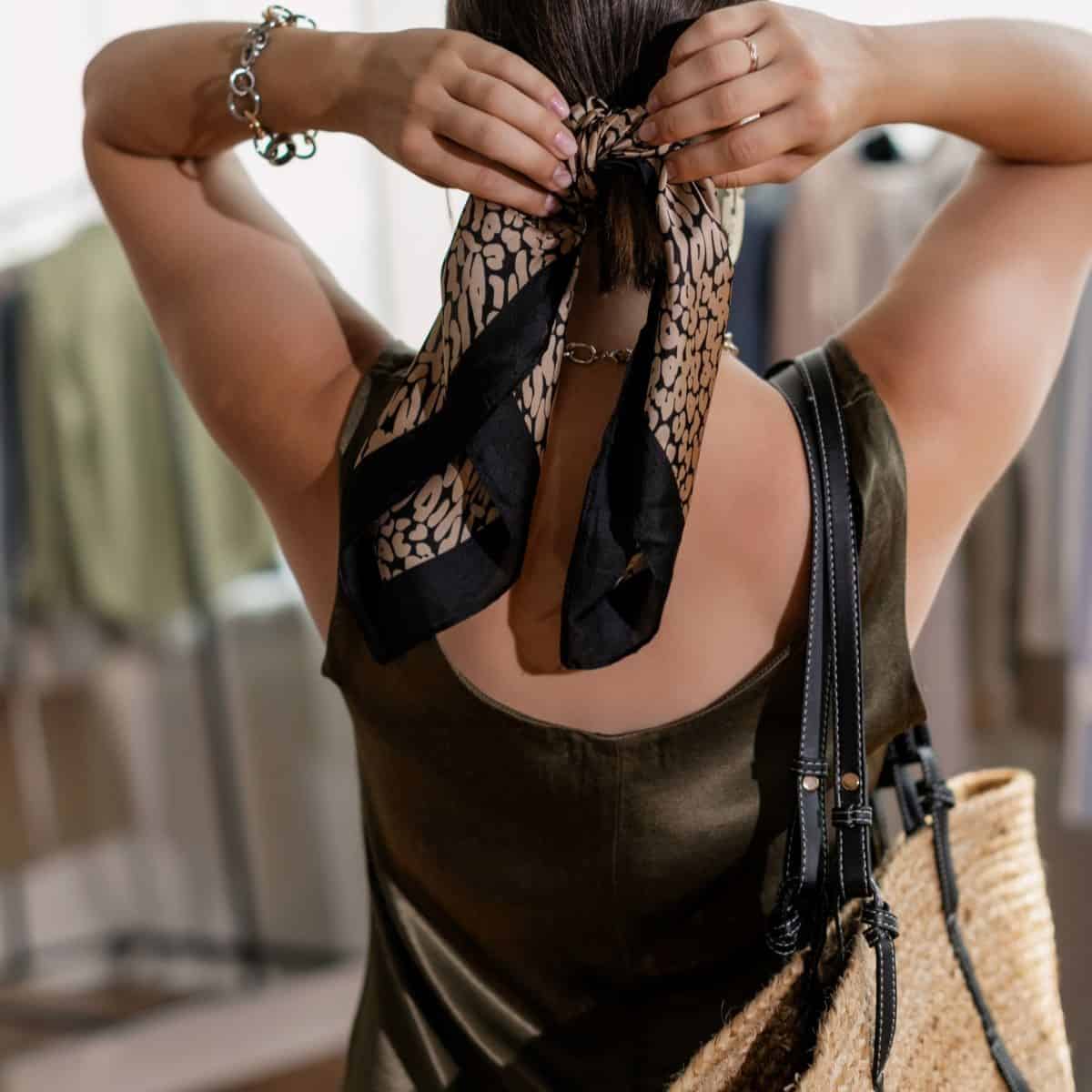

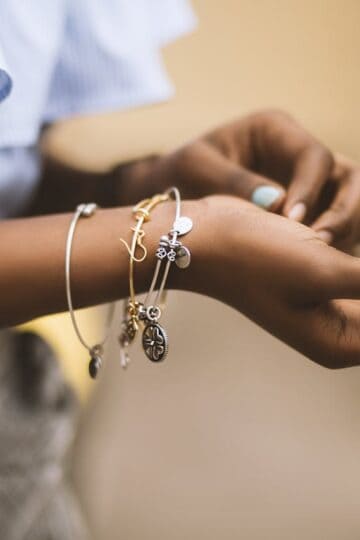
Leave a Reply